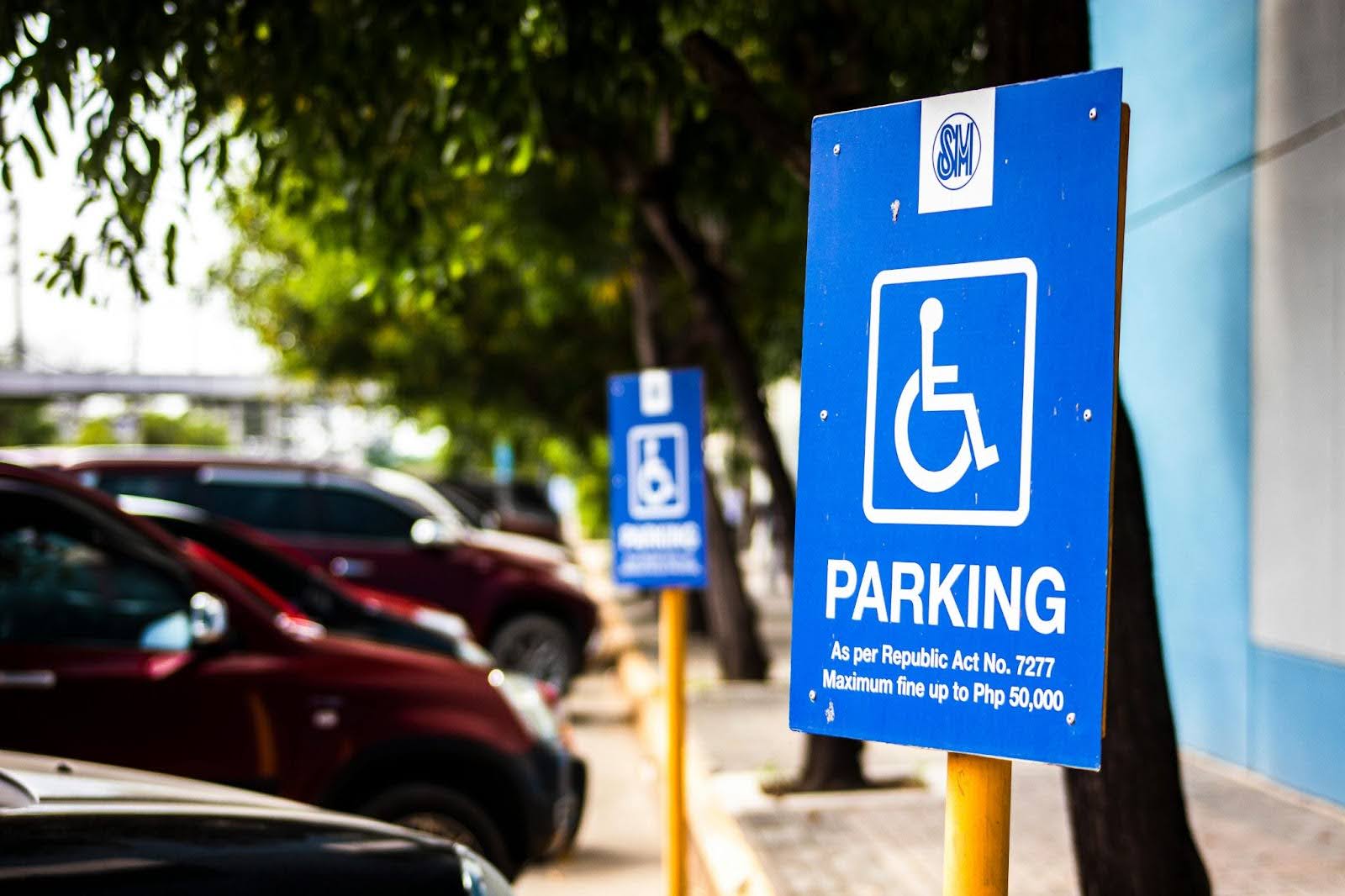People with disabilities are eligible to vote in elections just like any other U.S. citizen. This was not always the case; past voting barriers included literacy tests, poll taxes, voting places with poor accessibility, and other conditions that often targeted racial minorities and other marginalized groups.
While work remains to make voting even more accessible to people with disabilities, Americans—and especially Californians—enjoy several protections to ensure the right to vote. To help you get ready for election year, we’ll cover some of these protections and share some advice on advocating for yourself.
Are You Registered to Vote?
Before you show up at your voting center on election day, make sure you are registered to vote at your current address. You can do that here. This link will also help you register to vote if you are not registered, understand the identification you must present, and locate your voting center.
Under California law, public buildings that provide services to people with disabilities must also provide voter registration assistance to those who request it. Additionally, you may be able to participate in same-day voter registration if you miss the first deadline.
Potential Challenges for Voters with Disabilities
Although a variety of federal and state accessibility laws are designed to protect everyone's right to vote, it helps to understand some challenges you may encounter as you exercise your right. Here are a few you may want to prepare for:
- Voting centers with insufficient or nonexistent wheelchair ramps
- Crowded or noisy voting centers that may make hearing or mobility difficult
- Ballots with long or small blocks of text
- Polling workers with little to no knowledge of accommodations and rights of voters with disabilities
Accommodations for Voters with Disabilities
Besides having a physically accessible polling place, California voters may have someone accompany them to help them bubble in their choices, comprehend the ballot options, and generally fulfill their right to vote. Accessible voting also involves allowing service animals in places that aren’t normally open to animals.
Below are a few more accommodations voters with disabilities can use to exercise their rights.
Remote Voting
We aren’t allowed to vote over the internet, but voting with disabilities can bypass voting centers altogether.
Californians may vote by mail (be aware of deadlines for sending in your completed ballot) or even deposit their completed ballots in drop boxes located throughout the state.
If you don’t live in a county with ballot drop boxes, you might consider bringing it to your local elections office. Blind voters or voters with visual impairment may also request mail-in ballots containing braille lettering.
Asserting Your Rights
Making an effort to travel all the way to your polling place only to experience one or more voting rights violations can be embarrassing and irritating.
You are allowed to cast a provisional ballot if, for instance, you believe you are being asked to provide identification not required by state law. Elections officials will determine whether or not your provisional ballot will count after they have a chance to review it.
Californian voters with disabilities can also access a dedicated Election Day Hotline (1-888-569-7955) for critical assistance. The hotline is open Monday through Friday from 9 a.m. to 5 p.m.
Finally, Disability Rights California has many resources dedicated to helping Californians with disabilities exercise their right to vote.
Reach Your Full Potential with NeuroNav
No matter how your disability affects you, you are entitled to participate in society and determine your destiny.
For adults with disabilities, voting is an important act of independence. In other areas of life, the Self-Determination Program (SDP) of California may provide crucial support services to help you fulfill your person-centered plan.
The SDP is a relatively new way for Californians with intellectual or developmental disabilities (IDDs) to receive regional center services. SDP participants have much freedom in choosing support services and service providers.
If you are new to the SDP, an independent facilitator from NeuroNav can help you every step of the way. Our neurodiverse team cares about seeing our clients achieve their long-term goals. Interested? Schedule a free initial consultation today.

.png)


